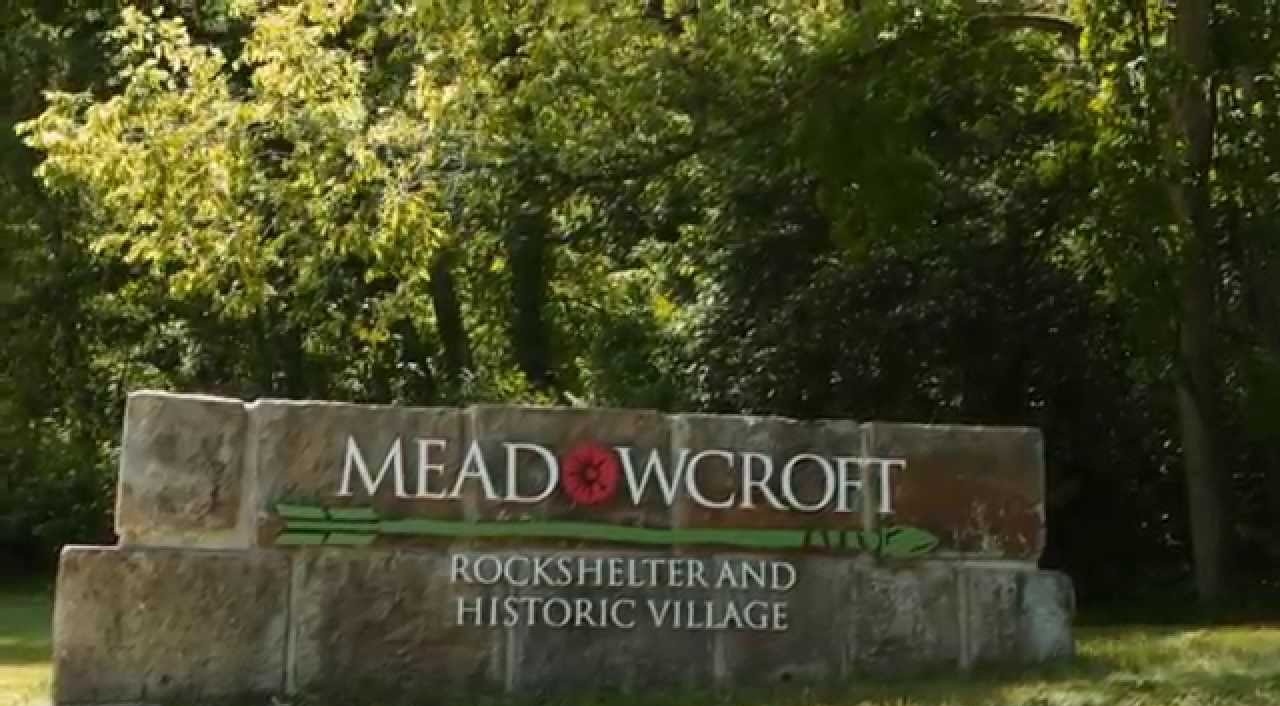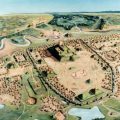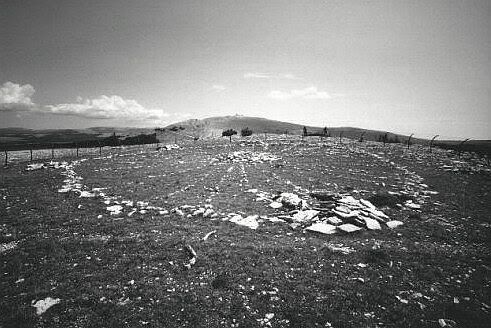
The Meadowcroft Rockshelter is an ancient American Indian site located on the north bank of Cross Creek about 30 miles southwest of present-day Pittsburgh, Pennsylvania. Cross Creek is a tributary of the Ohio River. Archaeologists generally agree that American Indians were using this site by 14,500 years ago and continued to use it until the late 18th century. When it was first occupied by American Indians, the Laurentide Glacier was just 223 kilometers (134 miles) to the north. Meadowcroft was a temporary site used for hunting, food gathering, and food-processing activities.
Meadowcroft is a stratified, multicomponent site. Stratigraphy is an archaeological concept based on the Law of Superposition: “in a series of layers and interfacial features, as originally created, the upper units of stratification are younger and the lower are older, for each must have been deposited on, or created by the removal of, a pre-existing mass of archaeological stratification.” In other words, digging down into a stratified site means that the youngest material will be toward the surface; greater physical depth means greater temporal depth. Stratigraphy provides archaeologists with relative dating: an artifact can be said to be older than another artifact if it is found at a deeper stratigraphic layer.
At Meadowcroft there are eleven strata. Within these strata archaeologists uncovered a variety of different kinds of organic materials which were dated through radiocarbon assay.
The earliest occupants of the Meadowcroft Rockshelter were generalized hunter-gatherers who utilized a technology which archaeologists call the Miller Complex. The complex includes the production of blade tools produced from polyhedral blade cores and bifacial, unfluted, projectile points.
Later occupations at the site include representatives of all of the major cultural periods for eastern North America.
Stone tools provide some insights into ancient cultures as evidence of subsistence activities, such as hunting, fishing, and wild plant gathering. In addition, stone tools can provide some information about connections with other peoples and geographic regions. With regard to the geography of the stone tools found at Meadowcroft, archaeologists Dennis Stanford and Bruce Bradley, in their book Across Atlantic Ice: The Origins of America’s Clovis Culture, write: “Although most of the raw material used by the Meadowcroft flintknappers were of local origin, exceptions include Flint Ridge chert from eastern Ohio, Kanawha chert from West Virginia, and Onondaga chert from New York.”
With regard to dating, archaeologists Dennis Stanford and Bruce Bradley write: “We agree that Meadowcroft may have been occupied as early as 19,200 years ago, and was clearly occupied by around 14,600 years ago by people whose biface and blade technology could be ancestral to Clovis.”
While a number of archaeologists disagree—some strongly—with the 19,200 year date and have claimed that the sample must have been contaminated, repeated laboratory analysis has consistently failed to detect any contamination.
Meadowcroft was last occupied by American Indians in the late 1700s. Archaeological excavation of the site started in 1973 and the site is generally considered one of the most carefully excavated sites in North America. Meadowcroft also changed the way many archaeologists envisioned the early habitation of North America: the site is much earlier than many would like. It means that people were living in North America prior to the end of the last ice age.
The Meadowcroft Rockshelter was named a National Historic Landmark in 2005. Today the site includes a museum and the re-creation of a 1570s Monongahela Culture Indian Village.




Leave a Reply